On the land of Mahãhay in Laos, which has suffered much damage due to forest degradation, the reforestation project implemented by Vietnam has started the journey of regenerating the ecosystem and protecting the livelihoods of the people. With each green forest returning, the people here not only improve their income but also take pride in contributing to sustainable environmental protection.
Green returns to Mahaxay forest
The lives of people in Mahaxay District (Khamoane Province, Laos) depend heavily on agriculture and natural resource exploitation. However, people living here are facing serious impacts of climate change and forest degradation. Deforestation over the past 20 years has reduced the area of primary forest in Mahaxay by about 30%.
Erosion of agricultural land, frequent floods and droughts reduce agricultural productivity, making it difficult for people to find a stable source of income. Deforestation also negatively affects potential economic sectors such as ecotourism.
Joining hands with the people of Laos to respond to the challenges of forest degradation and climate change, in 2022, Vietnam implemented the project "Reforestation and Carbon Credit Development in Mahaxay" implemented by Vietnam Carbon Credit Company.
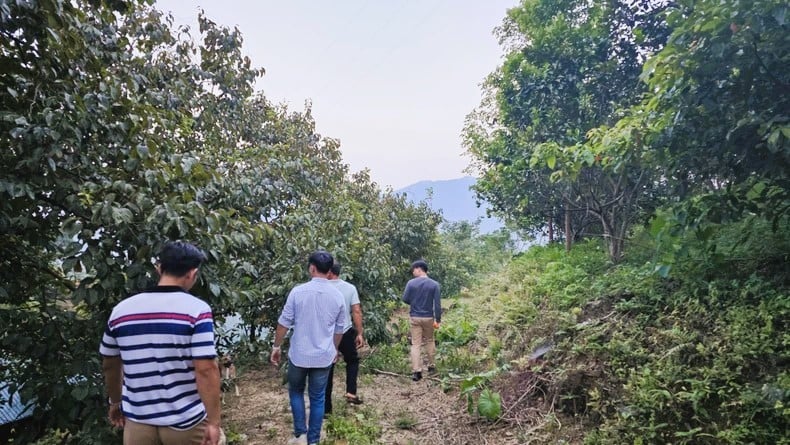 |
| The area of primary forest in Mahaxay has decreased by 30% due to prolonged deforestation. (Photo: Ha Phuong) |
| Selling carbon credits is a way to reduce harmful emissions. A newly planted or well-protected forest takes CO₂ out of the air. Each time it does this, we can measure and calculate a corresponding “carbon credit”. Companies or countries that emit a lot of CO₂ can buy these credits to offset the amount of emissions they have made. It’s like paying trees to “clean” the air. |
With a new direction compared to traditional afforestation projects, the Project not only restores lost forest areas but also creates conditions for local communities to participate in a sustainable economic model. Instead of focusing solely on tree planting, the project integrates the development of carbon credits, helping communities earn additional income from forest protection and regeneration, opening up a green economic model.
According to Ms. Mai Ha Phuong, representative of Vietnam Carbon Credit Company, after 2 years of implementation, the project has restored 150 hectares of forest; at the same time, it has brought stable income to 200 households through participating in carbon credit sales and developing ecotourism . Along with that, through training courses to raise awareness and forest management skills for local people, the project has contributed to improving biodiversity, helping to restore and maintain ecological balance in Mahaxay.
Mr. Somchan Vieng, a resident of Mahaxay, said that in the past, his family's life depended entirely on agriculture. Every season, the whole family could only rely on the rain and sunshine because just one drought or flood could destroy everything.
“Since the afforestation and carbon credit project supported by Vietnam, my family’s life has changed a lot. We have more stable jobs and new sources of income besides agriculture. This work also helps me understand more about the importance of protecting the environment. Seeing the forest green again, I feel proud to have contributed to the environment and the future of my children and grandchildren,” said Mr. Somchan Vieng.
Join hands to regenerate forests
Ms. Mai Ha Phuong, representative of Vietnam Carbon Credit Company, said that the project "Reforestation and Carbon Credit Development in Mahaxay" is divided into 5 main phases lasting 30 years, with detailed plans for each phase. The project has an estimated initial cost of about 1.5 million USD, with an estimated annual operating cost of 300,000 USD.
To ensure high efficiency, the project applies advanced technologies such as AI and GIS to forest management. AI supports the calculation and monitoring of the amount of carbon absorbed by forests, making the carbon credit issuance process transparent and accurate. GIS systems are used to monitor changes in forest area and analyze geographic data to optimize regeneration.
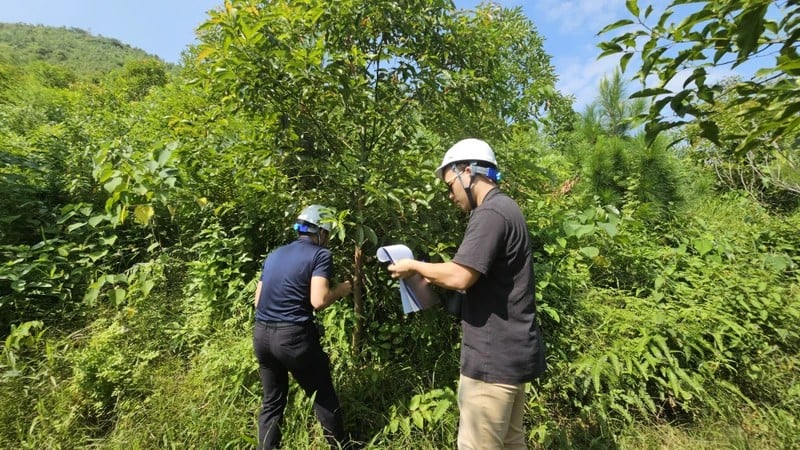 |
| Project engineers conduct reforestation planting in Mahaxay (Laos). (Photo: Ha Phuong) |
The project aims to regenerate and restore 10,000 hectares of forest in Mahaxay over the next five years, generating 200,000 - 350,000 carbon credits per year, equivalent to reducing emissions by 200,000 to 350,000 tons of CO2.
Appreciating the results of the Project, Mr. Xaybandith Rasphone, Vice President of the Lao Chamber of Commerce and Industry (LNCCI), affirmed that the Project could become a model for forest development and carbon credits in other localities of Laos. The Lao Government expects to achieve a forest coverage rate of 70% in the Forestry Strategy to 2035, with a vision to 2050. To achieve this goal, Mr. Xaybandith Rasphone hopes that Vietnamese enterprises will continue to support Laos in terms of technology and experience in developing forestry projects and carbon credits.
In addition to afforestation projects, Vietnam has many other activities to support Laos in forest protection and regeneration. Currently, the Vietnam Forestry University is conducting a training course to improve the capacity of Lao agricultural technical staff. The course takes place over 2 months, from October 29 to December 28, focusing on planting techniques, plant propagation and protection.
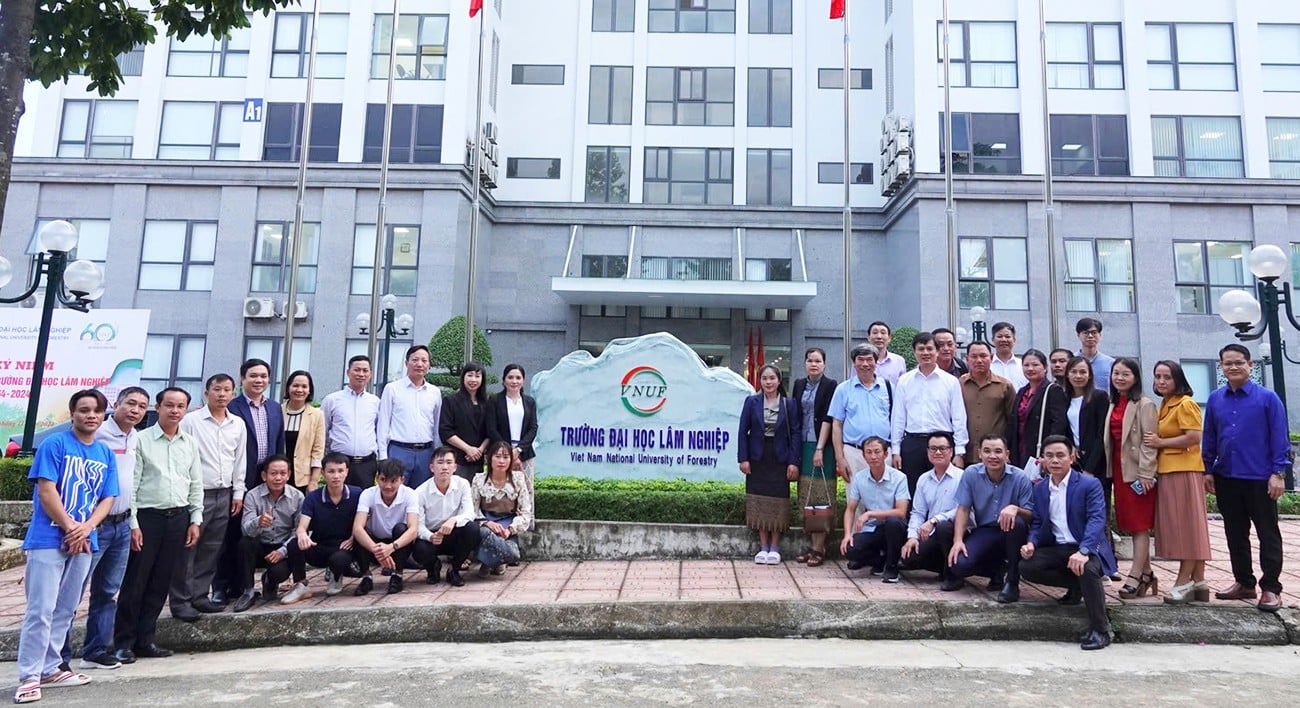 |
| A delegation of Lao agricultural technical staff participated in a capacity building training course at the Forestry University. (Photo: Daovone Thongvilay) |
Many localities of Vietnam and Laos have signed a Memorandum of Understanding on cooperation in exchanging information and experience to prevent deforestation, mineral exploitation, illegal hunting and trafficking of animals, timber and forest products. The two sides have also increased information on forest fire prevention and education for people in the border area to understand the protection of resources and biodiversity. When violations are detected, the two sides will promptly notify and coordinate in handling them.
Source: https://thoidai.com.vn/trong-rung-tin-chi-carbon-cung-nuoc-ban-lao-phat-trien-kinh-te-xanh-ben-vung-207035.html





![[Photo] More than 17,000 candidates participate in the 2025 SPT Competency Assessment Test of Hanoi National University of Education](https://vphoto.vietnam.vn/thumb/1200x675/vietnam/resource/IMAGE/2025/5/17/e538d9a1636c407cbb211b314e6303fd)
![[Photo] Prime Minister Pham Minh Chinh chairs meeting on science and technology development](https://vphoto.vietnam.vn/thumb/1200x675/vietnam/resource/IMAGE/2025/5/17/ae80dd74c384439789b12013c738a045)
![[Photo] Readers line up to visit the photo exhibition and receive a special publication commemorating the 135th birthday of President Ho Chi Minh at Nhan Dan Newspaper](https://vphoto.vietnam.vn/thumb/1200x675/vietnam/resource/IMAGE/2025/5/17/85b3197fc6bd43e6a9ee4db15101005b)


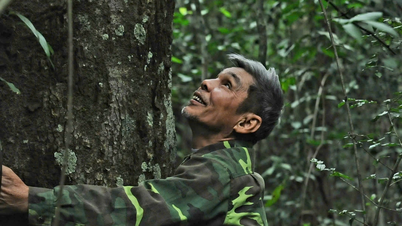

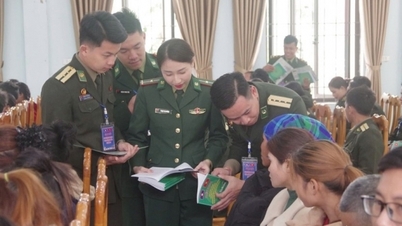
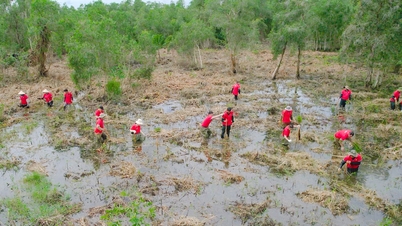

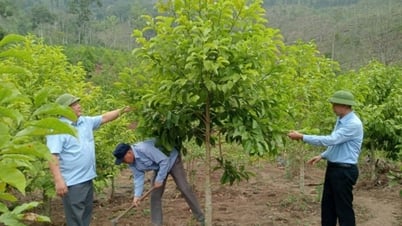


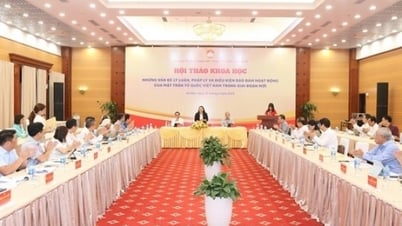
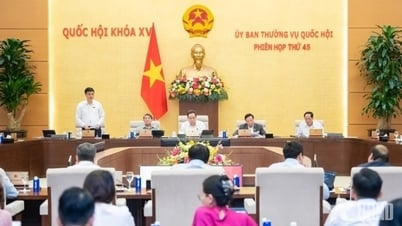
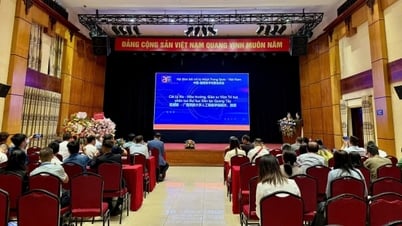
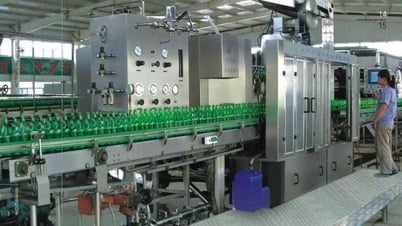







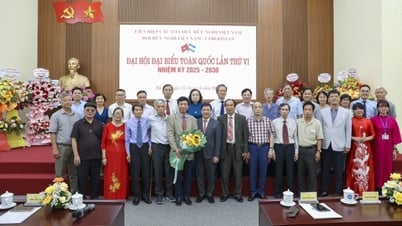
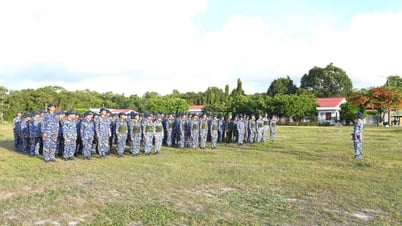
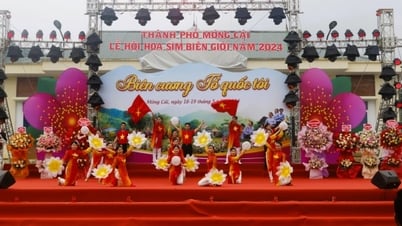
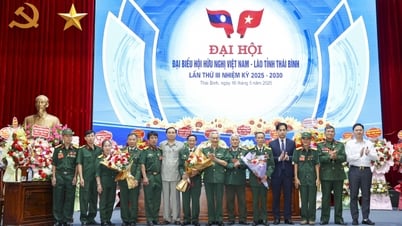

![[Photo] Nearly 3,000 students moved by stories about soldiers](https://vphoto.vietnam.vn/thumb/1200x675/vietnam/resource/IMAGE/2025/5/17/21da57c8241e42438b423eaa37215e0e)


















































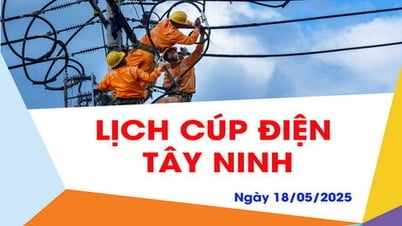



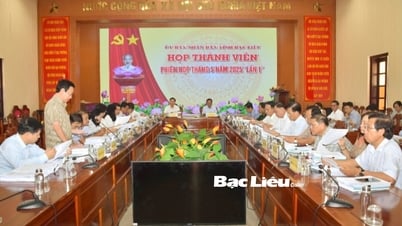
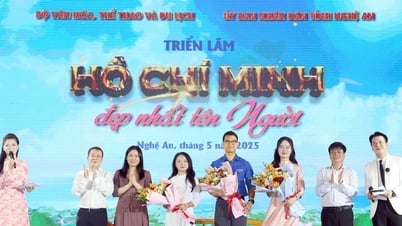












Comment (0)